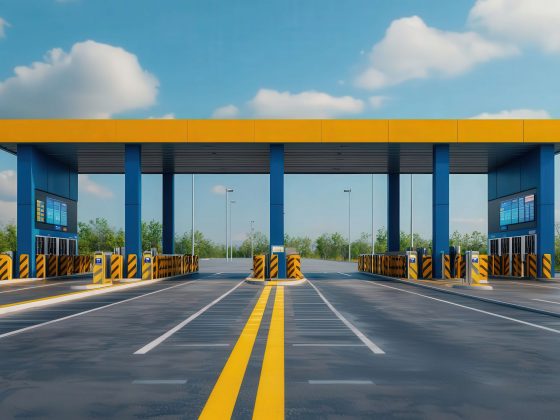Road rage: It happens to the best of us. Drivers behind the wheel can become rude, angry, even make physical threats or drive dangerously such as cutting off another car, bicycle or pedestrian. Every state has drivers with road rage, with young men initiating the most road rage accidents; specifically men under the age of 19 years old (NHTSA).
Use eTags© to Quickly Complete Your DMV Service. Renewals, Title Transfers and More, All Online!
Between everyday stress, traffic jams, and the like, everyone can feel frustrated when commuting. Especially if you’re running late or having to deal with another driver’s poor decisions on the road you’re both sharing. For some, it’s motorcycles weaving in and out lanes that trigger them. For others, it’s the impatience and anxiety that bubbles up when another driver didn’t catch that yellow light.
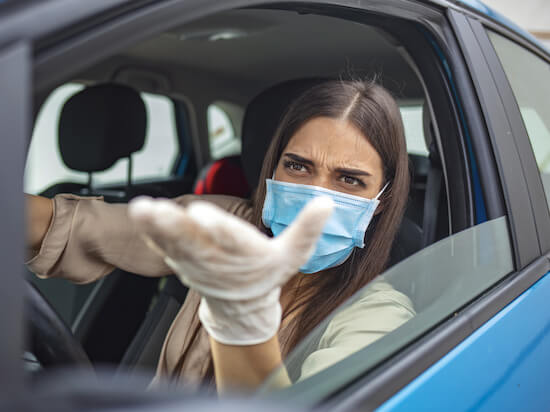
Road rage behind the wheel can be deadly too. In fact, the Auto Insurance Center reported that Indiana, Colorado, South Carolina, Alabama and Connecticut were the deadliest states in 2018. The data also states that road rage accidents are more likely to happen in July and September, while November and December was the least deadly. Road rage is classified as a criminal charge, since it’s willful and disregards other drivers on the road.
SEE ALSO: AGGRESSIVE DRIVING VIOLATIONS IN MARYLAND KEEP RISING
What kind of driving behavior is considered road rage?
• Tailgating
• Driving aggressively to scare another motorist
• Intentionally ramming into another motorist
• Forcing another driver off the road
• Blocking a driver from changing lanes
• Shooting a gun at another car or driver
• Using a weapon to harm someone
• Sideswiping or swerving
• Throwing objects at another person
• Long horn honks or flashing lights
• Cursing or obscene gestures
Road rage is motivated by anger, and can have nothing to do with the actual driving. Someone may be dealing with being fired from work, family arguments, scolding children while in the vehicle, and other stressors. Continue reading for road rage facts and statistics accumulated through the years.
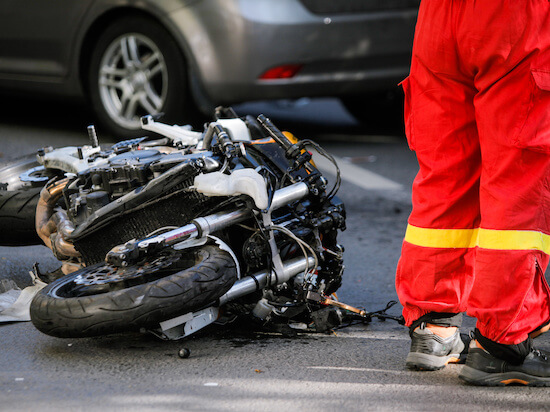
Road Rage Statistic 1: Up 500% in less than a decade
In 2006, 80 deaths in the U.S. were related to road rage. By 2015, that number was 467. In 2013 alone, 300 fatalities were due to road rage behavior. The American Automobile Association linked 12,500 injuries to driver violence since 2007.
Indiana specifically had 77 deaths, South Carolina and Alabama had 64, while states like Arkansas only had 6. Cities in Texas, Michigan, Georgia, and Massachusetts were rated the top five road rage capitals in 2009.
Los Angeles, New York City, Miami, Phoenix, and Tampa rank as the top 5 cities for road rage.
Road Rage Statistic 2: 37% involve firearms
By 2016, gun-related road rage fatalities, injuries and threats doubled up from two years ago to 620. Between 2014-2016, 136 people were shot.
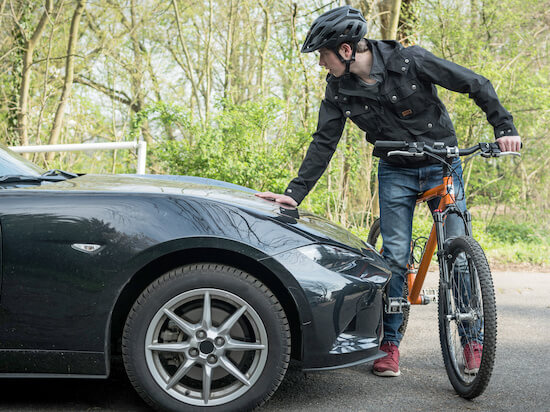
Road Rage Statistic 3: 218 murders and 12,610 injury cases
Every year, there’s an average of 30 murders connected to road rage. The AAA Foundation for Traffic Safety studied over 10,000 road rage incidents over a seven-year period and found: 218 murders and 12,610 injury cases. When interviewing drivers for their road rage reasoning, the nonprofit foundation found that the answers were trivial. The road rage victims wouldn’t let them pass or they tailgated them.
Road Rage Statistic 4: 50% of victims become enraged, and 2% want revenge
About half of the drivers who are victims of road rage become angered and anxious themselves, and respond by honking, tailgating, screaming, and other aggressive behavior. 2% of the drivers admit to attempting to run the other driver off the road.
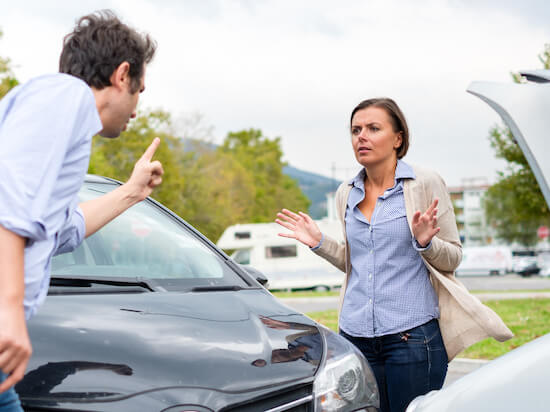
Road Rage Statistic 5: Speeding accounts for 33% of all traffic fatalities
Driving over the speed limit is considered aggressive driving, which is an unlawful behavior. But speeding can also be involved in road rage, which is the type of driving considered “cause direct harm to another person or vehicle. When you include all traffic deaths, aggressive driving account for 66% of them.

Men are 3 times as likely to get out of their car and fight with other driver.
Road Rage Statistic 6: 10% of drivers called the police
Not all road rage incidents lead to a physical confrontation. According to a 2020 Zebra survey, just 10% of drivers called the police to report another driver for aggressive driving or road rage in the past year.


